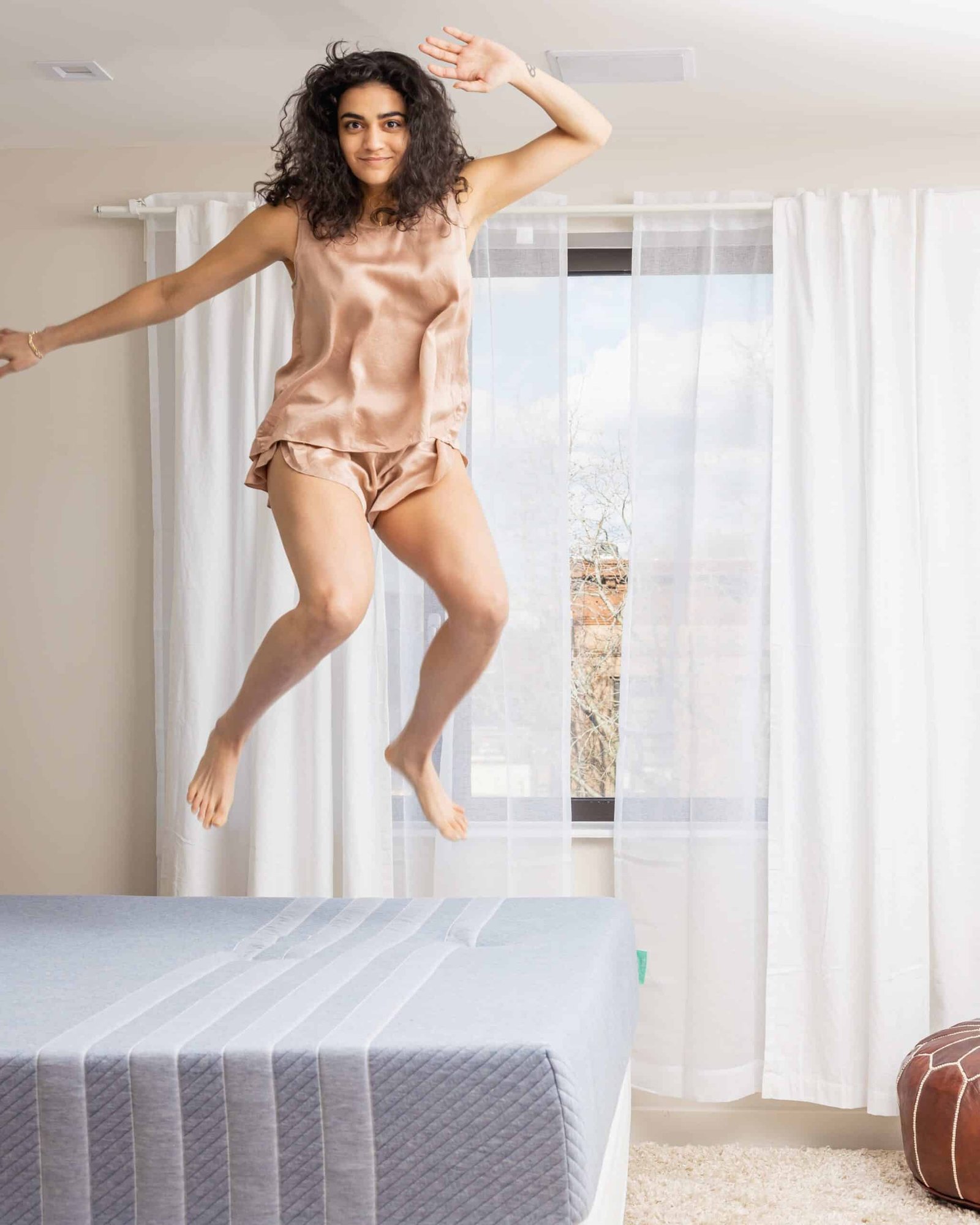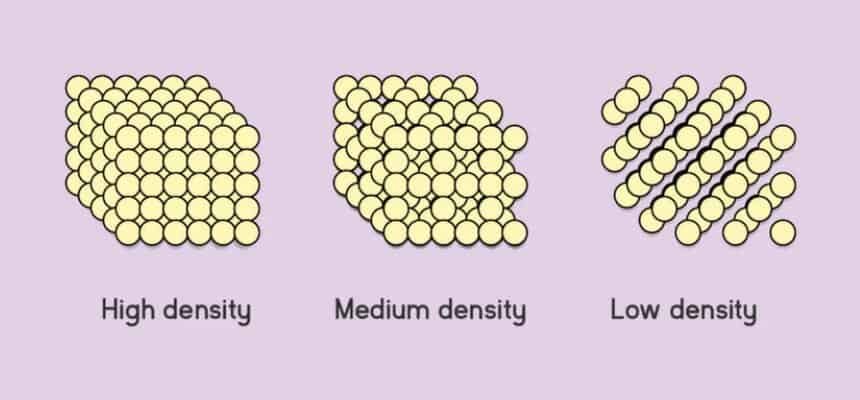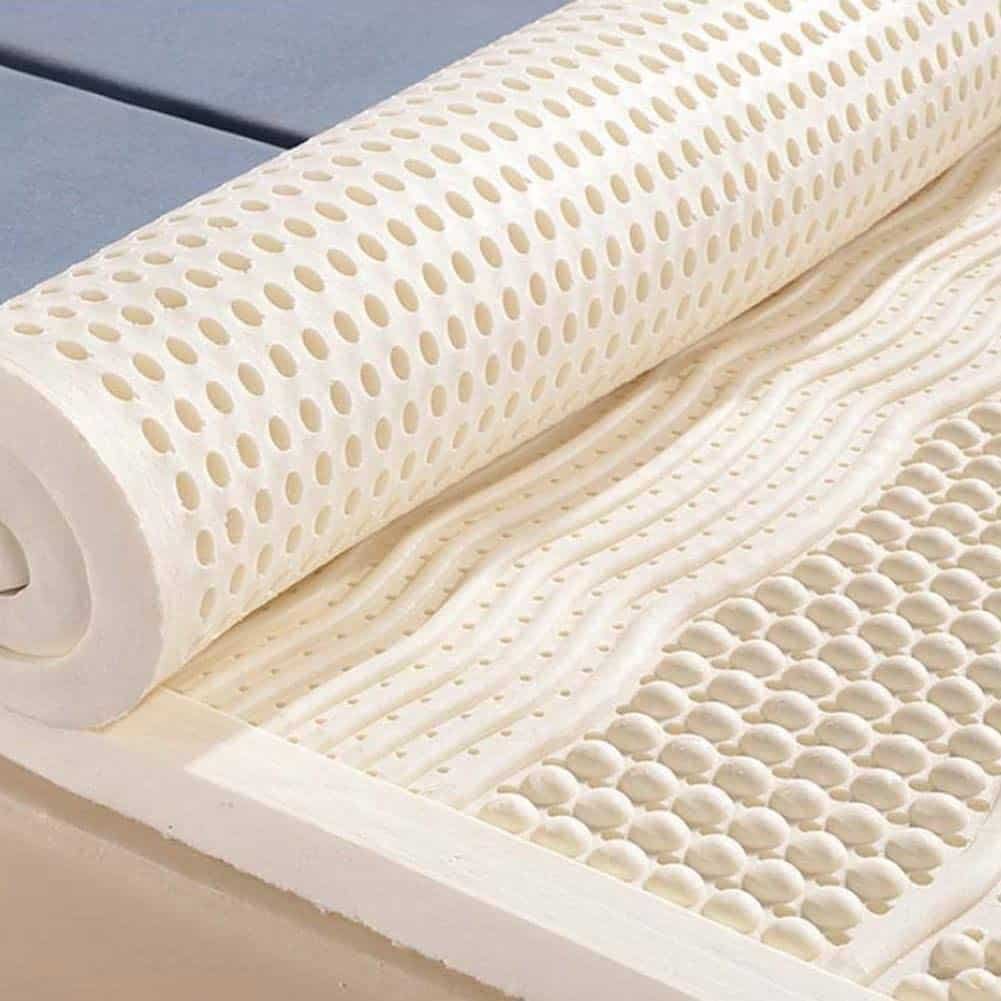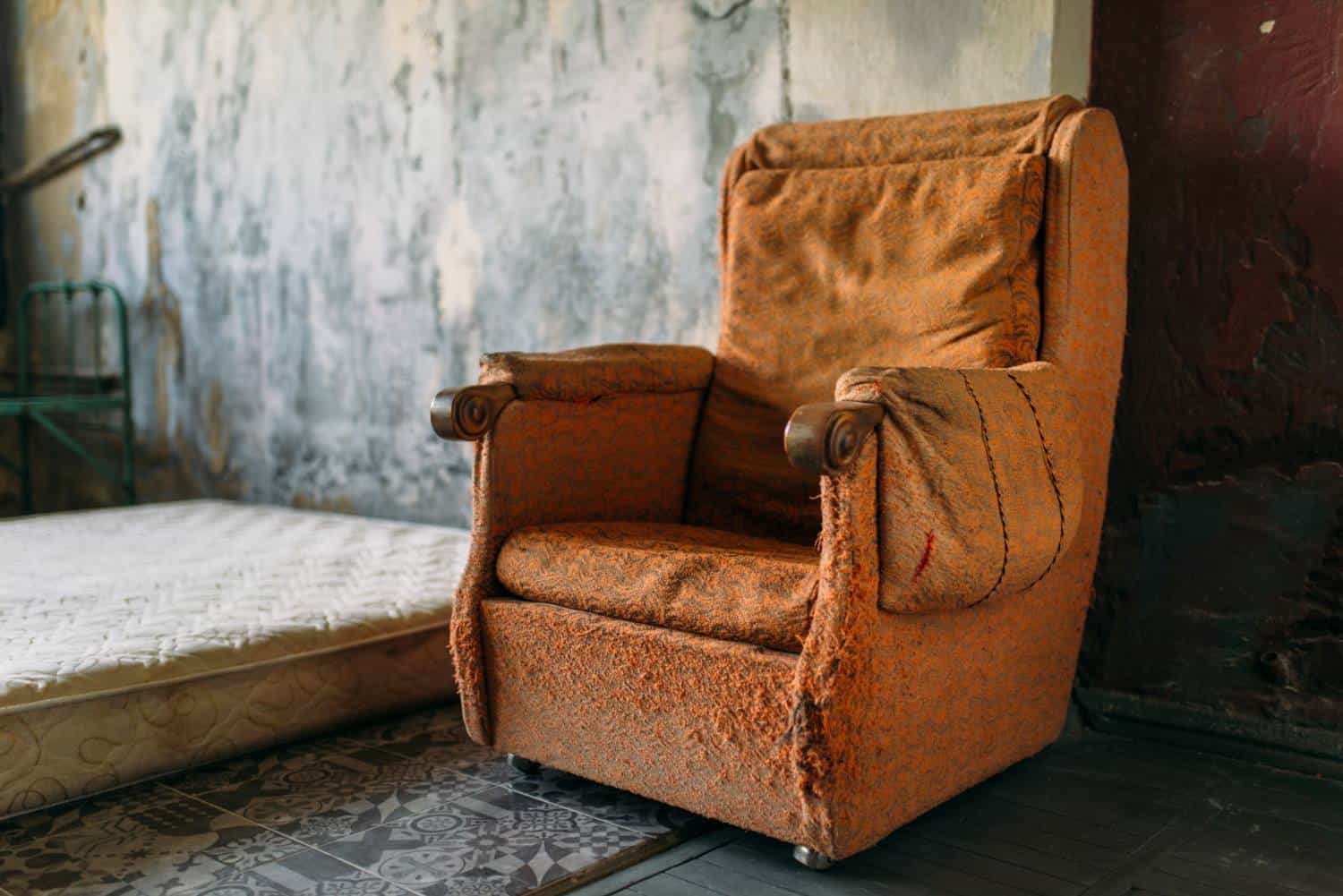
Disclaimer: As an Amazon Associate, “Furniture UK” earns from qualifying purchases.
Everything You Need to Know About Mattresses
Are you tired of waking up feeling unrested and achy? Your mattress may be to blame. With so many options on the market, it can be overwhelming to choose the right one. But fear not; understanding the technical aspects of mattresses can make all the difference in getting a good night’s sleep. From the size and dimensions to the materials used, this article will take a deep dive into the technical specifications of mattresses. Get ready to transform your sleep experience and wake up feeling rejuvenated and ready to tackle the day.
Mattress Construction
Regarding mattress construction, there are a few key factors to consider. These include coil gauge, foam density, and layer thickness. Each of these elements plays a role in determining a mattress’s overall feel and support.
-
Coil Gauge
The coil gauge refers to the wire thickness used in the mattress coils. The lower the gauge, the thicker the wire and the firmer the mattress. Most mattresses have coil gauges that range from 12 to 15, with 12 being the thickest and firmest. However, some mattresses may have a gauge as low as 10 or as high as 18.
-
Foam Density
Foam density measures how much a cubic foot of foam weighs. The higher the density, the more support and durability the foam will provide. Most memory foam mattresses are between 2.5 and 5 pounds per cubic foot, with higher densities being more supportive and durable.

-
Layer Thickness
The thickness of each layer in a mattress can also affect its overall feel and support. In general, thicker comfort layers will provide a softer feel, while thinner layers will be firmer. The thickness of the support layer can also affect the overall support of the mattress. When considering mattress construction, it’s important to remember that there is no one-size-fits-all solution. The best mattress will depend on personal preference, body type, and sleeping position. By understanding the role of coil gauge, foam density, and layer thickness, consumers can make more informed decisions when selecting a mattress that meets their needs.
Mattress Types
When choosing a mattress, there are several types to consider. Each type has its benefits and drawbacks, depending on what you’re looking for in a mattress. This section will look at the most common mattresses available today.
-
Innerspring Mattresses
Pocket Sprung mattresses are the most traditional type of mattress. They comprise a network of metal coils or springs that provide support and bounce. The number and thickness of the coils can vary, which can affect the firmness and support of the mattress. Innerspring mattresses are often less expensive than other mattresses but may not be as durable or long-lasting.
-
Memory Foam Mattresses
Memory foam mattresses are made from a type of foam that conforms to the shape of your body. This can provide excellent support and pressure relief, making them a good choice for people with back or joint pain. Memory foam mattresses also tend to isolate motion, which can be helpful for couples who don’t want to disturb each other during the night. However, they can be heavy and may retain heat, making some people uncomfortable.

-
Latex Mattresses
Latex mattresses are made from natural or synthetic latex foam. They are known for being durable and long-lasting, providing good support and pressure relief. Latex mattresses are also hypoallergenic and resistant to dust mites, making them a good choice for people with allergies. However, they can be pretty expensive and may have a distinct smell when they are first unpacked.

-
Hybrid Mattresses
Hybrid mattresses combine the support of innerspring mattresses with the comfort of memory foam or latex. They typically have a layer of coils or springs at the bottom, topped with a layer of foam or latex. Hybrid mattresses can provide a good balance of support and comfort, but they may be more expensive than other mattresses.
Mattress Sizes
Choosing the right size is essential for a good night’s sleep when buying a mattress. Mattresses come in various sizes, from single to super king, and choosing the right one for your needs is essential.
The most common mattress sizes in the UK are single, double, king, and super king. A single mattress is 90cm wide and 190cm long, while a double mattress is 135cm wide and 190cm long. A king-size mattress is 150cm wide and 200cm long, and a super king-size mattress is 180cm wide and 200cm long.

Choosing the right mattress size is essential for a comfortable and restful night’s sleep. It’s critical to consider the size of your room when choosing a mattress. A small room may not be able to accommodate a super king-size mattress, while a larger room may look empty with a single mattress. It’s also important to consider how many people will be sleeping in the bed, as a double mattress may not be comfortable for two people. For those who need extra space, some non-standard mattress sizes are available, such as the small double (120cm wide) and emperor (200cm wide). It’s important to note that non-standard sizes may be more difficult to find bedding, so it’s worth considering this before purchasing. By considering the size of your room and the number of people sleeping in the bed, you can choose the perfect mattress size for your needs.
Mattress Firmness
When it comes to mattresses, firmness is an essential factor to consider. The firmness of a mattress refers to how soft or hard the surface feels. A mattress that is too soft may not provide enough support, while a mattress that is too firm can cause discomfort and pain. Therefore, finding the right level of firmness is crucial for a good night’s sleep.
Most mattresses are rated on a scale of 1 to 10, with 1 being the softest and 10 being the firmest. The ideal firmness level varies depending on the individual’s preferences, body type, and sleeping position. For example, a side sleeper may prefer a softer mattress to allow for better body contouring, while a back sleeper may prefer a firmer mattress to provide more support for the spine. It’s important to note that the firmness level of a mattress is not the same as its support level. A mattress can be soft and still provide adequate support or firm and lacking support. Therefore, it’s essential to consider both factors when choosing a mattress.
Here is a general guide to mattress firmness levels:
| Firmness Level | Description |
|---|---|
| Soft (1-3) | A soft mattress will allow for more sinkage and contouring of the body. It may be suitable for side sleepers, lightweight people, or those with joint pain. |
| Medium (4-6) | A medium firmness level is the most common and suitable for most people. It provides a balance of comfort and support and is ideal for back and combination sleepers. |
| Firm (7-10) | A firm mattress will provide more support and less contouring of the body. It may suit stomach sleepers, heavier people, or those with back pain. |
Testing a mattress before purchasing is essential to ensure it’s properly firm. Many mattress companies offer trial periods so you can try the bed for a certain period before committing to it.
Mattress Durability
When buying a mattress, durability is an essential factor to consider. A good quality mattress should last between 7 and 10 years, but many variables can influence its lifespan. The original build quality of the mattress, the materials used, and even the weight and sleeping styles of the sleepers can all affect a bed’s longevity.
The materials’ quality is one of the most critical factors in mattress durability. Mattresses that contain foam, including memory foam and latex, should have a high density to ensure they last longer. Density is expressed as a measurement of pounds per cubic foot of material. Higher-density foam is more durable and can withstand more compression over time. Another factor affecting mattress durability is the body type of the person sleeping on it. Higher body weights will compress the layers in a mattress more deeply than lighter body types, so they will generally need more durable and firmer materials and components in the upper layers than those with lower body weights.
Finally, proper care and maintenance can also play a role in the durability of a mattress. Regularly rotating and flipping the mattress can help prevent sagging and uneven wear. A mattress protector can also help protect the mattress from spills, stains, and other damage.
Mattress Support
Mattress support is a crucial factor to consider when choosing a mattress. The support core promotes proper spinal alignment and provides a base to hold the mattress together. Support cores are usually 6 inches thick and constructed using sturdy materials such as steel coils, high-density polyfoam, firm latex, or air chambers. Different support cores are available, including pocket springs, memory foam, and hybrid. Innerspring mattresses use steel coils, while memory foam mattresses use high-density polyfoam or memory foam. Hybrid mattresses combine the support of coils with the comfort of foam or latex.
Edge support is also an essential aspect of mattress support. Edge support refers to the level of reinforcement around the outside of the bed and the materials that maintain the mattress structure. Some mattresses have reinforced edges, while others have a firmer foam layer around the perimeter of the mattress. Good edge support prevents sagging and makes getting in and out of bed easier.
Mattress Temperature Regulation
Temperature regulation is an essential aspect of a good night’s sleep. Mattresses designed to regulate temperature can help create a comfortable sleeping environment. A mattress that is too hot or cold can cause discomfort and disrupt sleep.
Several factors can affect mattress temperature regulation. The materials used in the mattress can play a significant role in how well it regulates temperature. For example, memory foam mattresses can retain heat, while latex mattresses tend to be cooler. Hybrid mattresses that combine different materials can offer a balance between support and temperature regulation.

Another factor that can affect mattress temperature regulation is airflow. Mattresses that allow for good airflow can help to dissipate heat and keep the sleeper cool. This can be achieved through the use of breathable materials, such as cotton or wool, or the use of unique technologies, such as ventilated foam or gel-infused foam. Some mattresses have additional temperature-regulating features, such as cooling pads or covers. These can help regulate the mattress’s temperature and create a more comfortable sleeping environment.
Mattress Maintenance
Proper mattress maintenance is essential for ensuring its longevity and keeping it in good condition. Here are a few tips for maintaining your mattress:
- Rotate your mattress every three months to prevent uneven wear and tear.
- Use a mattress protector to keep your mattress clean and protect it from spills and stains.
- Vacuum your mattress regularly to remove dust, dirt, and allergens.
- Avoid sitting on the edge of your mattress, as this can cause it to sag over time.
It’s also essential to clean your mattress regularly to prevent the buildup of dust mites, bacteria, and other allergens. Here are a few tips for cleaning your mattress:
- Remove all bedding and wash it in hot water to kill dust mites or bacteria.
- Vacuum the entire mattress surface, paying particular attention to the seams and crevices where dust and dirt can accumulate.
- Spot-clean any stains with a mixture of water and mild detergent, being careful not to saturate the mattress.
- Air out your mattress by opening windows or using a fan to circulate air. This helps to remove any odours and freshen up the mattress. These simple maintenance tips can help extend your mattress’s life and ensure you get a good night’s sleep for years.








